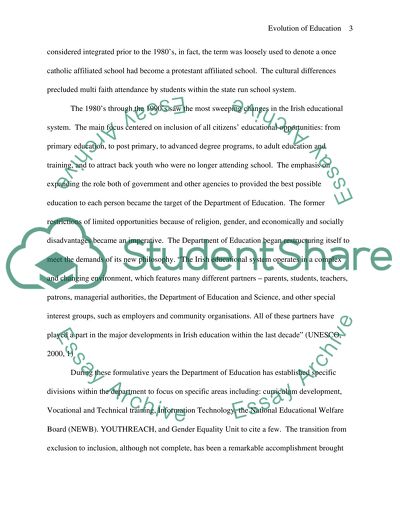Cite this document
(“Evolution of Ireland Education System Essay Example | Topics and Well Written Essays - 2500 words”, n.d.)
Evolution of Ireland Education System Essay Example | Topics and Well Written Essays - 2500 words. Retrieved from https://studentshare.org/education/1504222-evolution-of-ireland-education-system
Evolution of Ireland Education System Essay Example | Topics and Well Written Essays - 2500 words. Retrieved from https://studentshare.org/education/1504222-evolution-of-ireland-education-system
(Evolution of Ireland Education System Essay Example | Topics and Well Written Essays - 2500 Words)
Evolution of Ireland Education System Essay Example | Topics and Well Written Essays - 2500 Words. https://studentshare.org/education/1504222-evolution-of-ireland-education-system.
Evolution of Ireland Education System Essay Example | Topics and Well Written Essays - 2500 Words. https://studentshare.org/education/1504222-evolution-of-ireland-education-system.
“Evolution of Ireland Education System Essay Example | Topics and Well Written Essays - 2500 Words”, n.d. https://studentshare.org/education/1504222-evolution-of-ireland-education-system.


